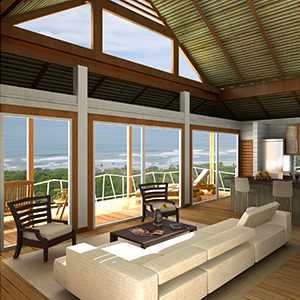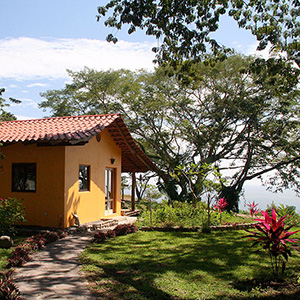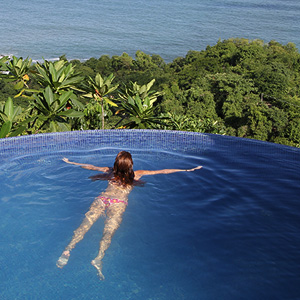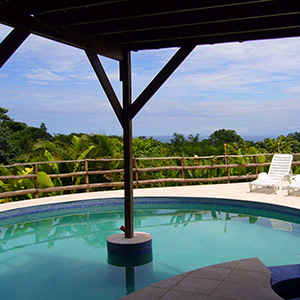Longevity, Happiness, and The Blue Zone of Costa Rica
A “Blue Zone” is a region of the world where people commonly live past the age of 100 years. The Nicoya Peninsula in Costa Rica has been named one of the five classified blue zones of the world, where residents live even longer than those in the rest of the country. Scientists and demographers have classified these longevity hot-spots as having common health traits and lifestyles that result in higher than normal longevity. As a nation, Costa Rican sixty year olds have the longest life expectancy of anyone in the world (more likely to reach the age of ninety than its world counterparts). Statistics from “The World Health Report 1995” place Costa Rica third in life expectancy across the globe. In “Blue Zone Nicoya Peninsula”, residents live even longer than those in other areas of Costa Rica.
Research shows that 30% of longevity comes from genes, and the remaining 70% from lifestyle. Ticos, as Costa Ricans are commonly known, are proud of their country’s 100 year plus heritage of democratic government and social equality. There has not been a military in Costa Rica since 1948, creating the growth of government-subsidized programs for free education, affordable healthcare, low-cost housing, a fair labor climate, and care for the environment.
Extended family is the basis of Costa Rica’s social interaction. Common shared activities include Sunday visits with relatives, dances, fiestas, sharing of holidays, and playing sports. Soccer is the national sport of play, spectator-ship, and national mania! This easygoing lifestyle Costa Ricans is easily enhanced by the approximate eighty different national parks, wildlife refuges, reserves, recreation areas, and abundant protected areas of natural resources. There are more than fourteen hundred tree species, and more than ten thousand other known plant species. This diversified habitat plays home to an equally amazing variety of animals, fish, and birds. Lush green jungles are home to monkeys, sea turtles, toucans, and lizards to name just a few. There are more than 200 mammal species, 220 types of reptiles, and 130 kinds of freshwater fish. Many of these species are protected by Costa Rica’s laws.
There are two main seasons across Costa Rica: the dry season (summer), and the rainy season (winter), with micro-climates determined by the many forests, topography, and the altitude, which also has the most influence on temperature. The average annual temperatures in Costa Rica range from 70 to 85 degrees Fahrenheit. Because of this mild climate, Costa Ricans are able to indulge in a diet of farm fresh fruits and vegetables, many organic, and shopped for at the popular town farmer’s markets found in all towns across the land.
Education is highly revered in Costa Rica, especially since 1992, when the government declared education to be a fundamental right of every citizen. School is free for grades one through twelve. The government provides funding for higher education at public Universities. For this free education, students are required to donate time toward community service after graduating. Nationwide support from Costa Ricans for these programs is in part responsible for the 97% literacy rate in Costa Rica, one of the highest in the Western Hemisphere.
Alongside the outstanding private healthcare found in Costa Rica, there is a government sponsored network of twenty nine hospitals and more than 250 clinics throughout the country. A United Nations study conducted in the 1980’s ranked Costa Rica’s medical system first in Latin America, and close to the United States and Canada, ranked in the top ten of the world. Current rankings put it slightly ahead of the United States! Costa Rica’s social stability and economic outlook are very bright, and the country is perceived worldwide to be a great place to visit or to invest. Each year, the CIA puts out a guide, ranking the world’s economies and their potential for future growth, and Costa Rica real estate was rated to be within the top three best investments in the world.
Costa Rica has a cultural legacy of hard work, national pride, hospitality, strong family values, and progress. Foreign visitors frequently describe Costa Ricans as hospitable and gracious people, known to go out of their way to be courteous and avoid offending others. This can be interpreted to be a result from living the Pura Vida lifestyle, a one hundred percent Costa Rican, and commonly used phrase simply meaning “The Good Life”.















